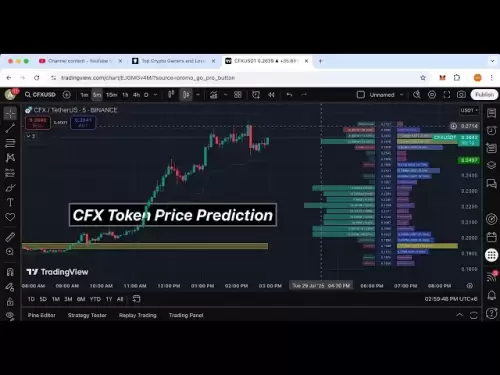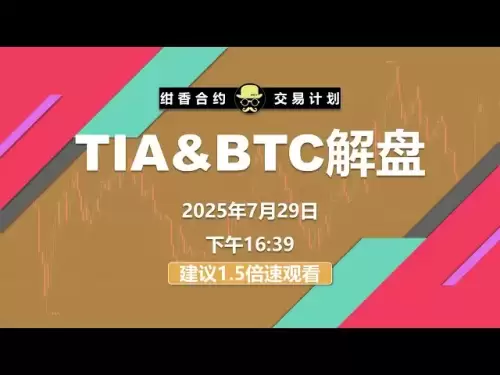-
 Bitcoin
Bitcoin $118000
-1.29% -
 Ethereum
Ethereum $3758
-3.52% -
 XRP
XRP $3.113
-5.04% -
 Tether USDt
Tether USDt $0.9998
-0.05% -
 BNB
BNB $818.5
-3.23% -
 Solana
Solana $181.9
-5.10% -
 USDC
USDC $0.9997
-0.04% -
 Dogecoin
Dogecoin $0.2239
-8.33% -
 TRON
TRON $0.3233
0.95% -
 Cardano
Cardano $0.7842
-6.81% -
 Hyperliquid
Hyperliquid $43.35
-2.12% -
 Sui
Sui $3.894
-9.97% -
 Stellar
Stellar $0.4176
-6.99% -
 Chainlink
Chainlink $17.97
-6.68% -
 Bitcoin Cash
Bitcoin Cash $576.7
-2.30% -
 Hedera
Hedera $0.2671
-7.23% -
 Avalanche
Avalanche $24.64
-6.12% -
 UNUS SED LEO
UNUS SED LEO $8.972
0.08% -
 Litecoin
Litecoin $108.1
-6.55% -
 Toncoin
Toncoin $3.198
-5.94% -
 Shiba Inu
Shiba Inu $0.00001325
-6.80% -
 Ethena USDe
Ethena USDe $1.001
-0.04% -
 Uniswap
Uniswap $10.27
-7.02% -
 Polkadot
Polkadot $3.935
-7.49% -
 Monero
Monero $317.7
-2.24% -
 Dai
Dai $0.9999
0.00% -
 Bitget Token
Bitget Token $4.550
-3.85% -
 Pepe
Pepe $0.00001179
-8.68% -
 Cronos
Cronos $0.1418
-2.34% -
 Aave
Aave $286.2
-6.49%
How to switch between different networks in MetaMask?
MetaMask supports multiple blockchains; switching networks is done via a dropdown menu, with custom RPC URLs addable for unsupported networks, but security is paramount when using them.
Mar 17, 2025 at 01:45 pm
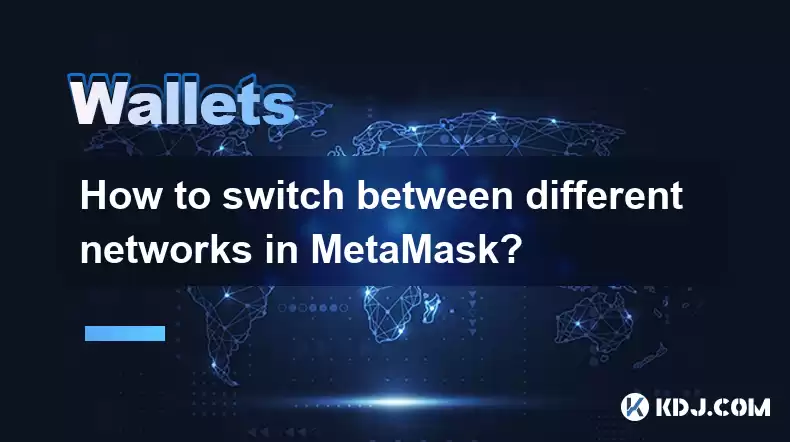
Key Points:
- MetaMask supports multiple networks, allowing users to interact with various blockchains.
- Switching networks involves selecting the desired network from the network dropdown menu.
- Custom RPC URLs can be added for networks not pre-listed in MetaMask.
- Security considerations are crucial when adding custom RPC URLs.
- Understanding the differences between networks is essential for successful transactions.
How to Switch Between Different Networks in MetaMask
MetaMask, a popular Ethereum wallet, offers seamless interaction with multiple blockchain networks beyond just the Ethereum Mainnet. This functionality is crucial for users involved in decentralized finance (DeFi), interacting with various decentralized applications (dApps), or participating in different blockchain ecosystems. Switching between these networks within MetaMask is straightforward, but understanding the process and implications is key.
The most common method involves utilizing MetaMask's built-in network selection. Open your MetaMask extension. You'll see your currently selected network displayed prominently, usually in the top-right corner. Click on the network name. This will reveal a dropdown menu showcasing various supported networks, including Ethereum Mainnet, Goerli (a test network), Polygon, Binance Smart Chain, and others. Simply select your desired network from this list. MetaMask will automatically update and connect you to the chosen blockchain.
However, not all networks are pre-loaded into MetaMask. Many projects operate on their own custom blockchains. To connect to these, you'll need to add a custom RPC (Remote Procedure Call) URL. This URL acts as the gateway to the network. Finding the correct RPC URL is critical, and you should always obtain it from the official documentation of the specific blockchain or project. Incorrect URLs can lead to lost funds.
To add a custom network, navigate to the same network dropdown menu as before. Instead of selecting an existing network, look for an option such as "Add Network" or a similar prompt. This will typically open a form requiring specific information about the new network.
- Network Name: This is a user-friendly label for the network.
- New RPC URL: This is the crucial element, obtained from the network's official documentation.
- Chain ID: A unique numerical identifier for the network. Again, this is found in the network's documentation.
- Currency Symbol: The symbol used for the native token of the network (e.g., ETH, MATIC, BNB).
- Block Explorer URL: A link to a website where you can explore the network's transactions and blocks.
Inputting this information accurately is vital. One incorrect detail can prevent your wallet from connecting to the network. Double-check every field before confirming. Once added, the new network will appear in your network dropdown menu, ready for selection.
Remember that each network has its own unique characteristics. Transactions on one network will not be valid on another. The gas fees (transaction costs) can vary significantly between networks. Some networks are designed for testing (testnets) and use test tokens which have no real-world value. Always be aware of the network you are using to avoid costly mistakes. It's crucial to confirm you're sending funds to the correct address on the correct network before executing any transaction. A simple mistake could result in irreversible loss of funds.
Common Questions:
Q: What happens if I switch networks while a transaction is pending?
A: Switching networks while a transaction is pending could interrupt the process and potentially result in the loss of funds or a failed transaction. It's best to wait for the pending transaction to complete before switching networks.
Q: Can I switch networks while interacting with a DApp?
A: Switching networks while interacting with a DApp might disrupt your session or lead to errors. It's advisable to complete your DApp interaction before changing networks. Some DApps may automatically switch networks based on your wallet's selection, but others might require manual adjustment.
Q: What if I add an incorrect RPC URL?
A: Adding an incorrect RPC URL might prevent you from connecting to the intended network. It could also expose you to security risks if the URL is malicious. If you encounter problems, remove the incorrect network and try again with the correct information from a trusted source.
Q: Are there any security risks associated with adding custom networks?
A: Yes, there are risks. Using an untrusted or malicious RPC URL can expose your wallet and private keys to potential attacks. Always verify the legitimacy of the RPC URL by checking the official documentation of the network you are trying to connect to.
Q: What are the differences between Mainnet and Testnet?
A: Mainnet is the live, operational version of a blockchain, where real cryptocurrency transactions occur. Testnet is a testing environment that mirrors the mainnet but uses test tokens and has no real monetary value. Testnets are used to test dApps and smart contracts before deploying them to the mainnet.
Q: Why would I need to switch between different networks?
A: You might need to switch networks to interact with different dApps, access various DeFi platforms, or participate in testnet activities. Different projects and protocols operate on different blockchains. Switching networks allows you to access the specific ecosystem you need.
Disclaimer:info@kdj.com
The information provided is not trading advice. kdj.com does not assume any responsibility for any investments made based on the information provided in this article. Cryptocurrencies are highly volatile and it is highly recommended that you invest with caution after thorough research!
If you believe that the content used on this website infringes your copyright, please contact us immediately (info@kdj.com) and we will delete it promptly.
- AI Tokens, Ethereum, and Market Leaders: A New Era?
- 2025-07-29 21:10:13
- Linea Airdrop: Ethereum Alignment & the L2 Network's Bold Move
- 2025-07-29 21:10:13
- Bitcoin, Crypto Mining, and Finland: A Nordic Boom in 2025
- 2025-07-29 20:30:12
- Crypto Carnage: KNC and 1000CAT Among Today's Top Crypto Losers
- 2025-07-29 20:30:12
- GENIUS Act: Stablecoin Regulation Heats Up in the US
- 2025-07-29 18:50:13
- Crypto Presale Mania: Is Punisher Coin the Next Bitcoin?
- 2025-07-29 18:50:13
Related knowledge
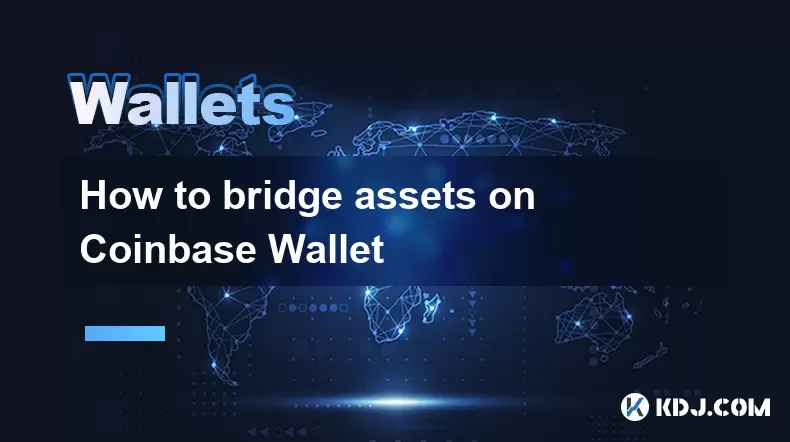
How to bridge assets on Coinbase Wallet
Jul 27,2025 at 01:14am
What Is Asset Bridging in the Context of Coinbase Wallet?Bridging assets refers to the process of transferring tokens from one blockchain network to a...

Can I use Coinbase Wallet without a Coinbase account?
Jul 18,2025 at 04:35am
What is Coinbase Wallet?Coinbase Wallet is a self-custodial wallet that allows users to store, send, and receive various cryptocurrencies directly on ...
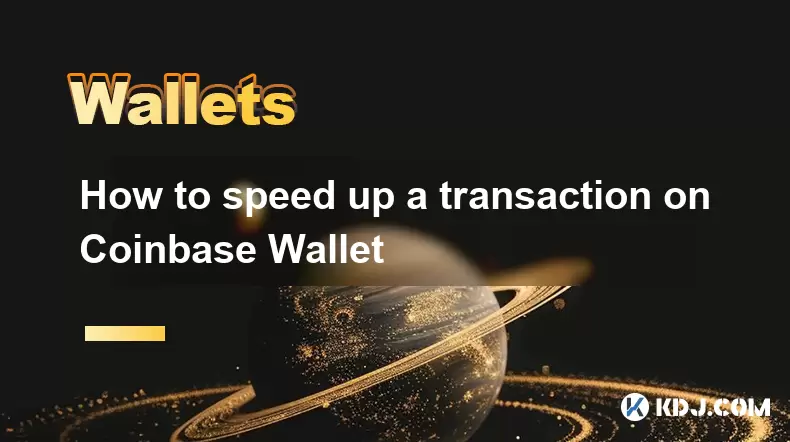
How to speed up a transaction on Coinbase Wallet
Jul 27,2025 at 07:14am
Understanding Transaction Speed on Coinbase WalletWhen using Coinbase Wallet, users may occasionally encounter delays in transaction confirmations. Th...
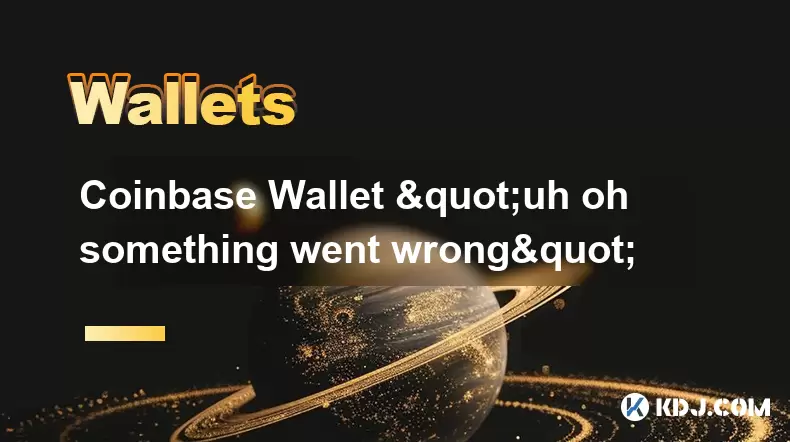
Coinbase Wallet "uh oh something went wrong"
Jul 20,2025 at 10:00am
Understanding the Coinbase Wallet Error: 'Uh Oh, Something Went Wrong'If you're a Coinbase Wallet user, encountering the error message 'Uh Oh, Somethi...
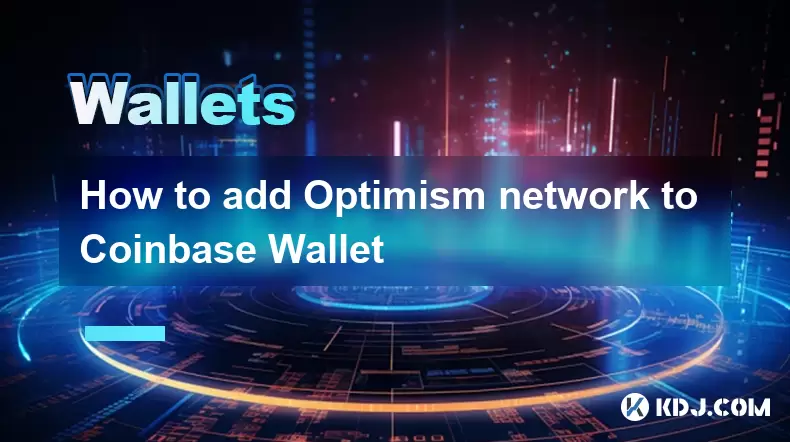
How to add Optimism network to Coinbase Wallet
Jul 20,2025 at 05:21am
What is the Optimism Network?The Optimism network is a Layer 2 scaling solution built on top of the Ethereum blockchain. It aims to enhance transactio...

How to add Arbitrum to Coinbase Wallet
Jul 18,2025 at 03:00pm
Understanding Arbitrum and Its Integration with Coinbase WalletArbitrum is a layer-2 scaling solution developed by Offchain Labs to enhance the speed ...

How to bridge assets on Coinbase Wallet
Jul 27,2025 at 01:14am
What Is Asset Bridging in the Context of Coinbase Wallet?Bridging assets refers to the process of transferring tokens from one blockchain network to a...

Can I use Coinbase Wallet without a Coinbase account?
Jul 18,2025 at 04:35am
What is Coinbase Wallet?Coinbase Wallet is a self-custodial wallet that allows users to store, send, and receive various cryptocurrencies directly on ...

How to speed up a transaction on Coinbase Wallet
Jul 27,2025 at 07:14am
Understanding Transaction Speed on Coinbase WalletWhen using Coinbase Wallet, users may occasionally encounter delays in transaction confirmations. Th...

Coinbase Wallet "uh oh something went wrong"
Jul 20,2025 at 10:00am
Understanding the Coinbase Wallet Error: 'Uh Oh, Something Went Wrong'If you're a Coinbase Wallet user, encountering the error message 'Uh Oh, Somethi...

How to add Optimism network to Coinbase Wallet
Jul 20,2025 at 05:21am
What is the Optimism Network?The Optimism network is a Layer 2 scaling solution built on top of the Ethereum blockchain. It aims to enhance transactio...

How to add Arbitrum to Coinbase Wallet
Jul 18,2025 at 03:00pm
Understanding Arbitrum and Its Integration with Coinbase WalletArbitrum is a layer-2 scaling solution developed by Offchain Labs to enhance the speed ...
See all articles





















